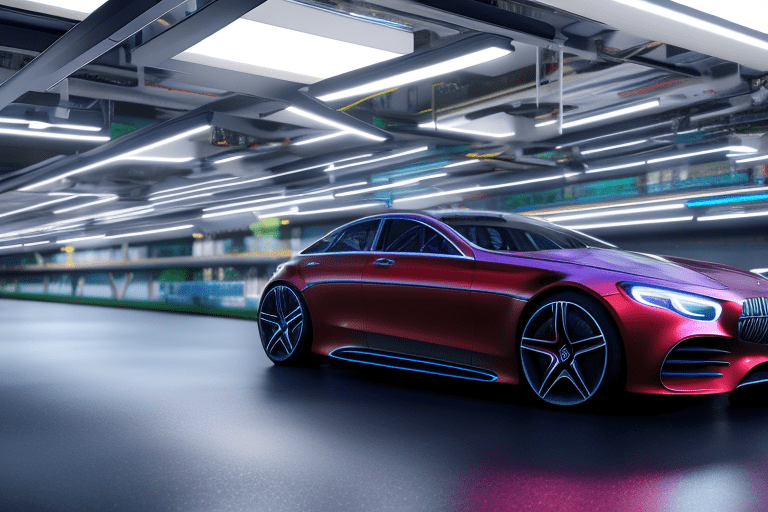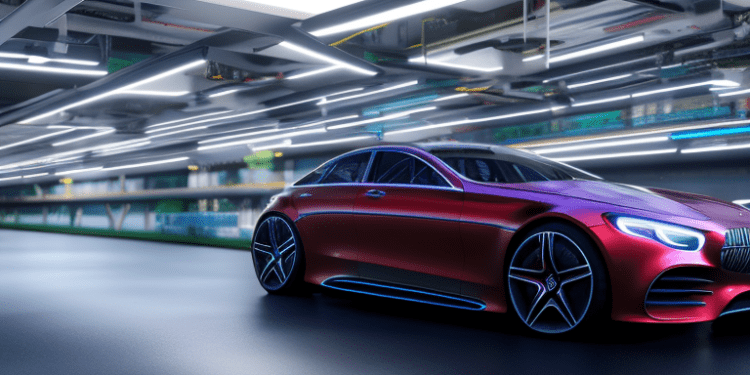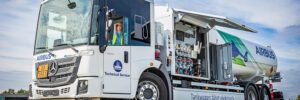Luminar is a global automotive technology company that is revolutionizing vehicle safety and autonomy. For the past decade, Luminar has been developing an advanced hardware and software platform to enable next-generation safety and autonomous capabilities for production vehicles. This platform has been adopted by over 50 industry partners, including Volvo Cars, Daimler Truck AG, NVIDIA, and Intel’s Mobileye. Luminar views lidar as the next key turning point to vehicle safety, just as seatbelts and airbags were key turning points in vehicle safety decades ago.
This week, Luminar announced an extensive expansion of its partnership with Mercedes-Benz to safely enable enhanced automated driving capabilities across a broad range of next-generation production vehicle lines. Luminar’s Iris lidar sensor will be integrated into Mercedes-Benz’s next-generation lineup by mid-decade, providing advanced safety and autonomy for cars, commercial trucks, and more. The Iris lidar sensor has a high performance, long-range capability that is tailored to meet the requirements of Mercedes-Benz for a new conditionally automated driving system.
The multi-billion dollar deal between Luminar and Mercedes-Benz is a milestone moment for the two companies and the industry, and is poised to substantially enhance the technical capabilities and safety of conditionally automated driving systems. Austin Russell, Founder and CEO of Luminar, said: “Mercedes’ standards for vehicle safety and performance are among the highest in the industry, and their decision to double down on Luminar reinforces that commitment. We are now set to enable the broadest scale deployment of this technology in the industry.”
Luminar was founded in 2012 by Austin Russell, who is also CEO at Luminar. The company has built a new type of lidar from the chip-level up, creating a lidar sensor that unlocks advanced safety and autonomy for automakers. The Iris lidar sensor has the most sensitive, highest dynamic range indium gallium arsenide (InGaAs) detector in the world when paired with its receiver Application-Specific Integrated Circuit (ASIC) chips. This helps in detecting dark objects at night up to 250m away and also achieve a maximum range of 600m. This long-range capability means enough time to react safely at highway speeds.
The partnership between Luminar and Mercedes-Benz is a major step forward in ushering in a new era of vehicle safety and autonomy. With the Iris lidar sensor, automakers can now provide advanced safety and autonomy for cars, commercial trucks, and more.
FAQ
Q1. How electric car chargers work?
A1. Electric car chargers work by connecting to an electrical outlet and providing power to the car’s battery. The charger then converts the electricity into a form that the car’s battery can use.
Q2. What electric car has the longest range?
A2. The Tesla Model S has the longest range of any electric car currently on the market, with a range of up to 370 miles on a single charge.
Q3. How electric car batteries are recycled?
A3. Electric car batteries are recycled by breaking them down into their component parts and then separating out the metals, plastics, and other materials for reuse. The metals are melted down and reused in new products, while the plastics and other materials are recycled into new products.







